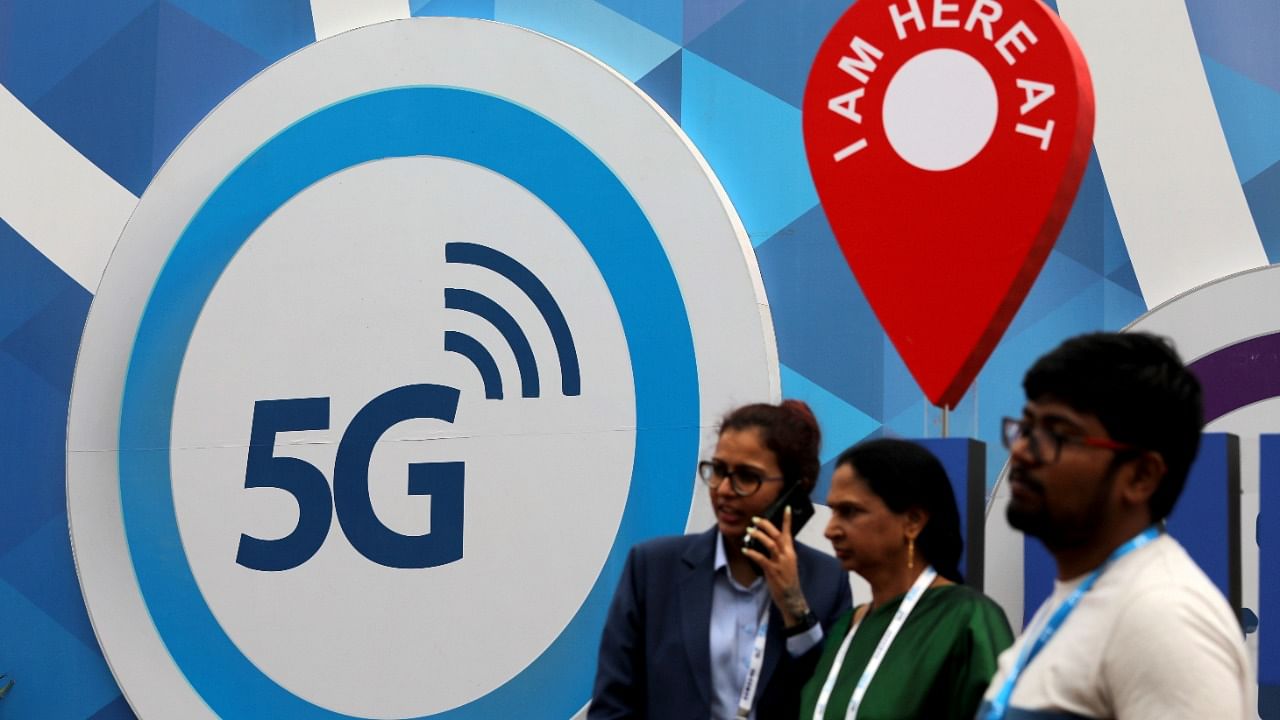
To become sustainable in the longer run, the telecom industry is seeking adequate spectrums at reasonable prices with easy payment norms, rationalisation of taxes and levies and reduction in a burden on companies due to old litigations, a top official of Vodafone Idea Ltd (VIL) said Thursday.
VIL Managing Director and CEO Ravinder Takkar, speaking at India Mobile Congress, said that recent reforms announced by the government are steps towards addressing financial stress and legacy issues in the sector.
“Looking at the decade ahead, there is a need to make industry sustainable in the long run...towards this future, a few more steps taken more quickly will achieve this goal. Industry players are talking about first making adequate spectrum available at reasonable prices at easy payment terms. Second, rationalising taxes and levies in line with the recommendation of NDCP 2018 and third, reducing the heavy burden of old legacy litigation in the sector,” Takkar said.
He said once these issues are resolved, the industry will look at improving average revenue per user (ARPU) from “abysmally low levels”.
Last month, all private telecom companies increased their mobile calls and services rates by 18-25 per cent but a couple of telecom players want to increase it further to take ARPU above Rs 300 per month.
Reliance Jio's ARPU in the second quarter ended September 30, 2021, was Rs 143.6 while that of Bharti Airtel and VIL in the same quarter were Rs 153 and Rs 109, respectively.
Bharti Enterprises Vice Chairman Akhil Gupta echoed similar views on spectrum prices. “I do hope we will settle for reserve prices that are very nominal but with very stringent rollout obligations, which will enable operators to invest more in networks and little less on spectrum,” Gupta said.
He said that spectrums will be allocated through auction and the prices will go up in case of high demand.
Gupta said some of the state governments are still not aligned with central government policy on rolling out telecom networks.
“I think there is an urgent need to get this alignment. Come out with a very sound clear policy on the right of way which should cover not only telecom towers, fibres but also now street furniture that will become extremely important for 5G rollouts,” Gupta said.
Nokia's Senior Vice President and Head of India Market Sanjay Malik said more mobile towers need to be connected through optical fibre cables (OFCs) to deliver 5G standard services in India.
According to industry estimates, only 30-33 per cent of total mobile base stations in the country are connected with OFC.
Watch the latest DH Videos here: